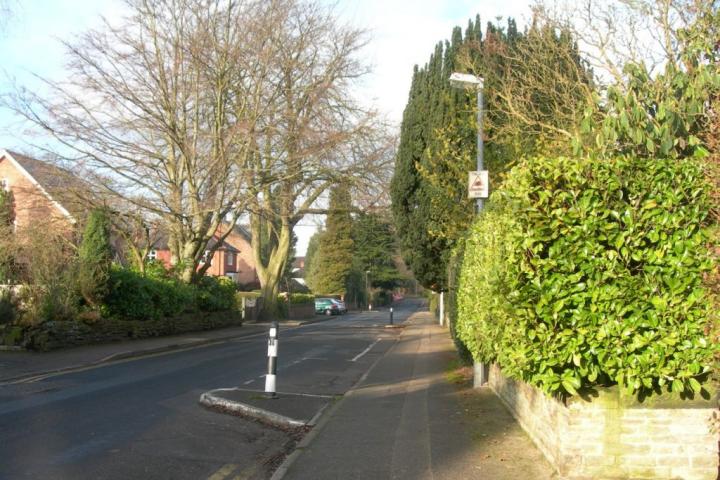
In my series of articles, exploring challenging environmental issues we are facing at both a local and national level, the third issue I am addressing is road traffic calming measures, which are hardly calming.
Another familiar part of the environment these days are the road humps councils so like to spend public money on. Some would say they have an effect but do we need so many of them?
Ambulances carrying patients with spinal injuries find them difficult to use, and say that lives of some heart attack victims have been lost because of having to go slow. Humps cause noise when many trade vehicles go over them. They damage wheel-tracking on cars and increase fuel consumption.
Cheshire County Council say each road hump costs on average from £2000 to £5,000 to install.* A lot of money to have your road turned into a spine-jolting experience. And that’s not all: The Transport Research Laboratory has found that air pollution and CO2 emissions increased by 82% and Nitrogen Oxide by 37% on roads with humps.
We need to be vigilant as to the value of these measures pushed through as contributing to road safety. How many local residents really want them and do we want so many of them on short stretches of road? Hawthorn Lane, on the way into Bank Square for example, has more than enough one would think, with cars having to slow down every few metres.
Maybe what is needed is for the council to publish a survey giving the number of households in a proposed affected area that actually want these measures and those that are against, along with the cost of installation. What’s the problem with more direct accountability on the way our money is spent by the council?
Many thousands of road humps are already here, but a high-tech alternative stress is now being planned. The Association of Chief Police Officers has approved wide-scale deployment of new digital average speed cameras at every entry and exit point to residential areas.
Stray a fraction over the limit in the whole built up area and you are likely to be hit with a large speeding fine. Can you imagine how many law-abiding drivers are going to be hit for a moments lack of looking at the speedometer?
It is a licence to print money – and potentially dangerous as drivers spend more time looking at their speed than at the road ahead. It is also not clear how these can operate in towns where people may make stops. We need balance and common sense, not a money-making tyranny on our streets.
Ram-raider deterrent posts line more and more local streets. Just how far can this go? Will the council sanction growing forests of ram raider posts on our streets until pavements are more like sheep pens? The Station Road mainstreet of Altringham has now been littered with lines of ugly ramrader posts on both sides of the road at taxpayers’ expense.
How far will this go? Will Wilmslow and Alderley soon have the same metal post streetscape imposed on us in the name of safety? We have managed without such barriers for years.
A complex Pelican crossing traffic light system can cost us an amazing £114,000. Even simpler ones can cost over £40,000. Wilmslow was set to have two more opposite Hoopers, until many letters of objection made the council put the idea on the back burner. Even so, the council Highways department seems determined to litter our environment with as many metal posts and signs as possible.
It has got out of control. Many of these signs are duplications or completely unnecessary. You will notice that most new Pelican crossings have doubled the number of button posts each side to offer a choice of using your left or right hand! They are also adding duplicate cross now/stop signs, one above the other. A recent installation on Styal Road and the Heald Green/Wythenshawe intersection has 42 separate posts and lights for our entertainment.
As with my previous articles, the concerns raised are a personal perspective, not necessarily the official policy of the Wilmslow Trust, for which I am vice-chair. But we hope it will get more people thinking about genuine sustainability policies at a local level.
If you would like to comment on these and other local environmental issues, do get in touch via the comment box below or via the Wilmslow Trust website.
If you are interested in exploring other challenging environmental issues see my previous articles looking at the issues of street lighting and too much speculative office development in Wilmslow. Next week I will be discussing the proliferation of A board advertising in the town centre.
*cost source: Steve Kent, Cheshire County Council

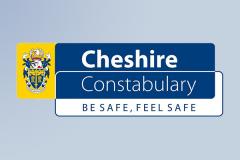
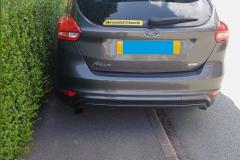


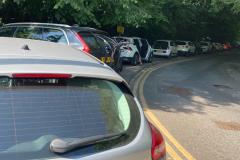
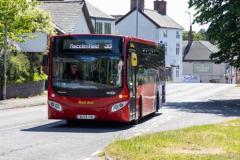

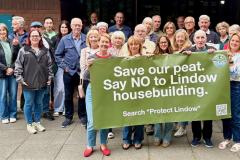
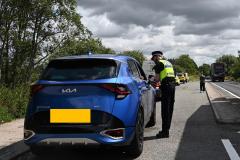
Comments
Here's what readers have had to say so far. Why not add your thoughts below.
But they come at a price and one not mentioned in this article - at least once a week I see a car mount and drive along the pavement, rather than wait at a narrow section. With 3 children under 10, this terrifies me.
If more people used the main routes, instead of residential streets, and everyone acted with courtesy whether in a car, on a bike, scooter or on foot, then we could dispense with these so-called "traffic-calming" measures.
The stats show that humps are the only way of permanently slowing traffic. Hawthorn Lane has been a rat run since I lived in Pownall Park in the 1970s. The traffic calming scheme was widely consulted upon with local residents. It is effective.
In the consultation we did provide to all residents info about the cost. The scheme was supported by the majority of residents.
I agree we should have fewer signs but ram raiding bollards are usually on private land and not subject to the dictat of the Council.